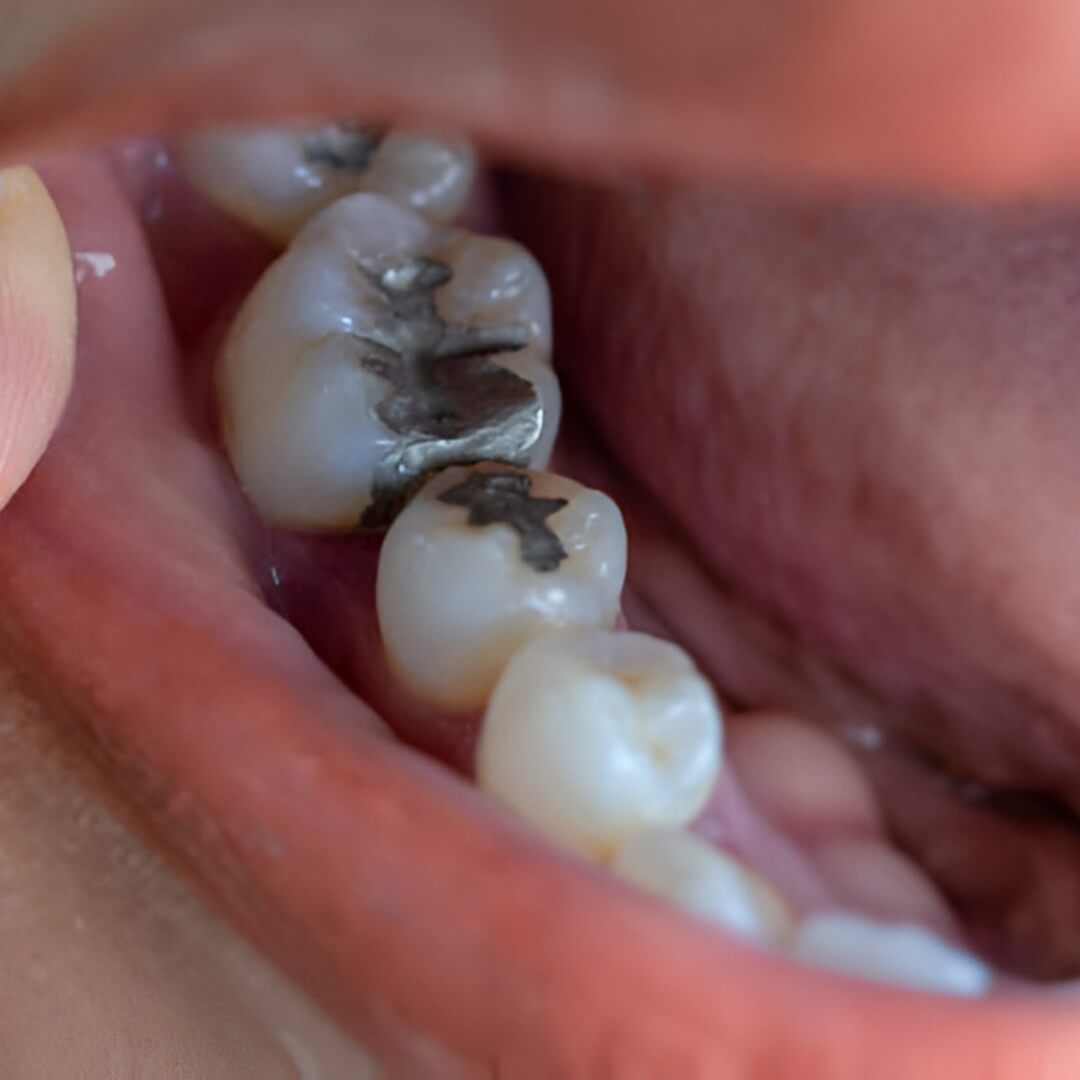Dental Fillings On Old Spanish Trl, Houston, 77054
Restore Your Tooth Health with Durable, Natural-Looking Fillings
Fix Cavities and Restore Your Smile with Dental Fillings
Protect Your Teeth from Decay and Keep Your Smile Strong

What Are Dental Fillings?
Dental fillings are a restorative treatment used to repair minor damage or decay in a tooth. After removing the decayed portion of the tooth, we fill the area with a durable material—typically a composite resin designed to match your natural tooth color. This not only seals the tooth against further decay but also restores its shape, function, and appearance, so you can continue to chew, speak, and smile confidently.

Types of Dental Fillings
We offer a variety of dental fillings designed to meet your specific needs. Dental fillings are a durable, natural-looking solution for restoring decayed or damaged teeth, helping to protect your oral health and keep your smile looking its best. Below are the most common types of dental fillings we provide:
Composite Fillings
Composite fillings, also known as tooth-colored fillings, are made from a mixture of resin and fine glass particles. They are popular for their natural appearance, as they can be color-matched to blend seamlessly with the surrounding teeth. Composite fillings bond directly to the tooth, providing extra support and strength, and are ideal for smaller to medium-sized cavities.
Amalgam Fillings
Amalgam fillings are a durable option made from a combination of metals, including silver, mercury, copper, and tin. They have been used in dentistry for over a century and are known for their strength, making them suitable for cavities in back teeth where chewing pressure is highest. However, due to their silver color, they are more noticeable than other types of fillings.
Ceramic Fillings
Ceramic or porcelain fillings are highly durable and resist staining better than composite fillings. They are usually crafted in a dental lab and then bonded to the tooth. Ceramic fillings can last as long as 15 years with proper care and are often used for larger cavities or areas where aesthetics are a priority, as they offer a very natural appearance.
Gold Fillings
Gold fillings, also known as gold inlays or onlays, are made from a gold alloy and are extremely durable. They can last for decades, making them one of the longest-lasting filling options. However, gold fillings are also the most expensive type and are quite noticeable, so they are usually chosen for back teeth rather than front teeth.
Glass Ionomer Fillings
Glass ionomer fillings are made from a mix of acrylic and a special glass material. They release fluoride, which helps protect the tooth from further decay. While not as durable as composite or amalgam fillings, they are often used for fillings below the gum line or in primary (baby) teeth. They are less resistant to wear and may need to be replaced more frequently.
Resin Ionomer Fillings
Resin ionomer fillings are similar to glass ionomer fillings but are modified with resin to improve durability. They are often used for small fillings on non-chewing surfaces or for baby teeth. These fillings also release fluoride and are easier to bond with the natural tooth structure, providing additional protection against decay.
Why Choose Us for Dental Fillings?
Our practice combines expertise, advanced technology, and a dedication to patient comfort:
Experienced Team
Our skilled dentists have extensive experience in cavity treatment, ensuring precision and quality with every filling.
High-Quality Materials
We use durable, tooth-colored composite materials that are both safe and aesthetically pleasing.
Patient Comfort First
For patients who feel nervous about dental work, we offer sedation options to make your experience as relaxing and stress-free as possible.
What to Expect During a Dental Filling Procedure
Repairing a damaged or decayed tooth is easier than you might imagine.

Dental fillings are an effective and reliable solution for repairing teeth affected by decay or minor damage. The process typically involves the following steps:
Examination and Numbing
Our dentist will examine your tooth and apply a local anesthetic to numb the area, ensuring you remain comfortable throughout the procedure.
Decay Removal
The decayed portion of the tooth is gently removed, and the area is cleaned to eliminate bacteria and prepare it for the filling.
Filling Application
The filling material is carefully applied in layers, with each layer hardened to create a strong, durable restoration.
Shaping and Polishing
Finally, the filling is shaped to fit your bite and polished to match the smooth texture of your natural teeth.
This process allows us to quickly and effectively restore your tooth’s health and function.
FAQs about Dental Fillings
Are dental fillings painful?
No, dental fillings are generally not painful. Local anesthesia is used to numb the area, so you will feel comfortable during the procedure. Most patients report little to no discomfort.
How long do dental fillings last?
The lifespan of a filling depends on the material used and your oral care habits. Composite (tooth-colored) fillings typically last 5 to 10 years, while some metal fillings can last longer. Regular check-ups help ensure they stay in good condition.
What types of materials are used for fillings?
We offer composite (tooth-colored) fillings for a natural look, as well as amalgam (metal) and ceramic options. Composite fillings are popular for their ability to blend with natural teeth, while amalgam is known for durability.
Can I eat normally after getting a filling?
Yes, but it is best to wait until the numbness wears off to avoid biting your cheek or tongue. For the first 24 hours, try to avoid sticky or hard foods to allow the filling to set fully.
How do I care for my dental fillings?
Caring for fillings is simple—maintain good oral hygiene by brushing twice daily, flossing, and visiting your dentist regularly for check-ups. Avoiding overly hard foods can also help protect your fillings.
